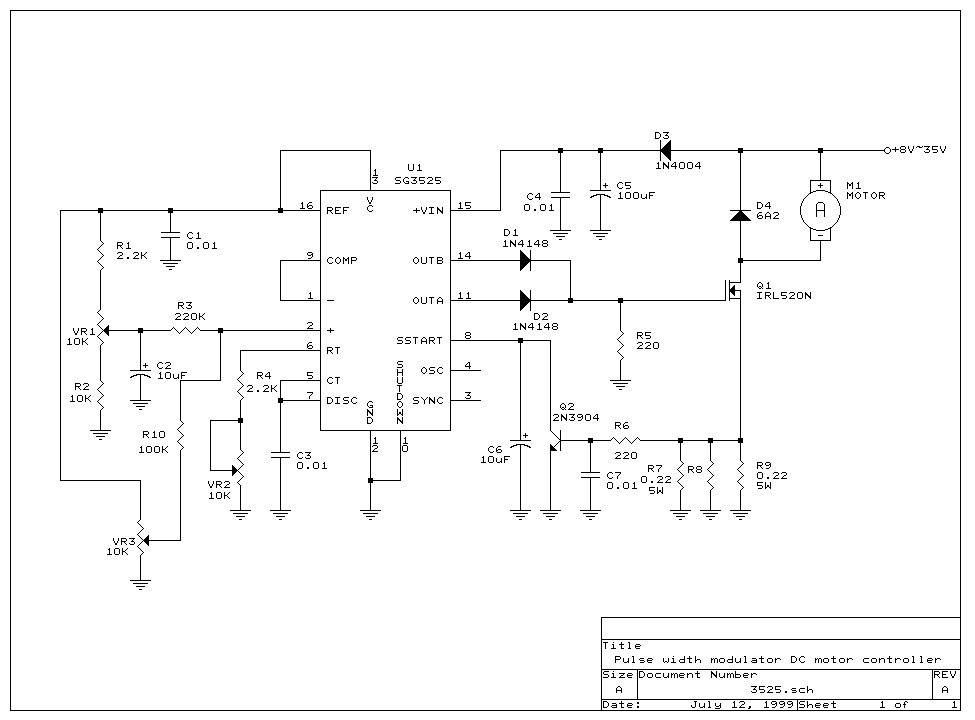bazaria
Newbie level 5
pid ic
Hi,
I am looking for a single chip to control a motor. This chip should have 3 PWM outputs and an encoder inputs with programmable control rule.
I found all that in a single chip LM629 but I can't find a normal way to program it. May be you can direct me to some other chip that is more comfortable to work with?
Hi,
I am looking for a single chip to control a motor. This chip should have 3 PWM outputs and an encoder inputs with programmable control rule.
I found all that in a single chip LM629 but I can't find a normal way to program it. May be you can direct me to some other chip that is more comfortable to work with?


